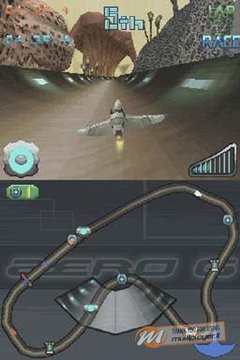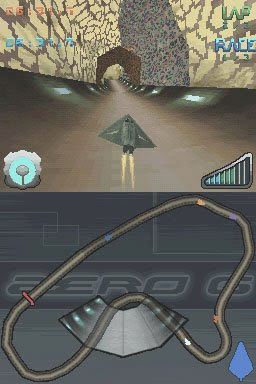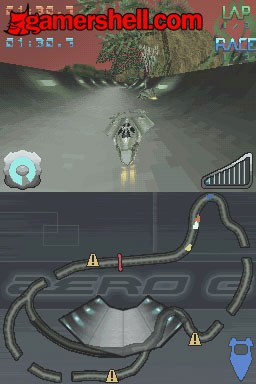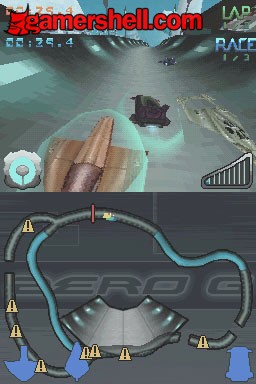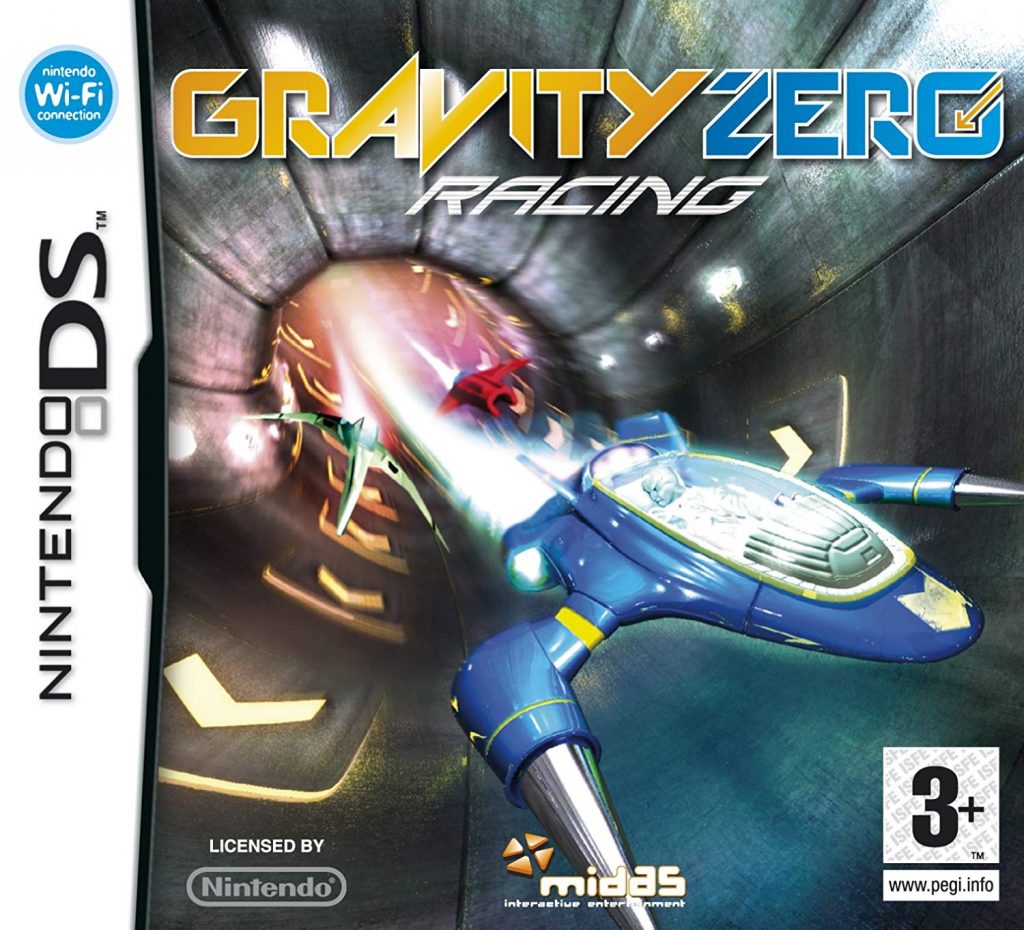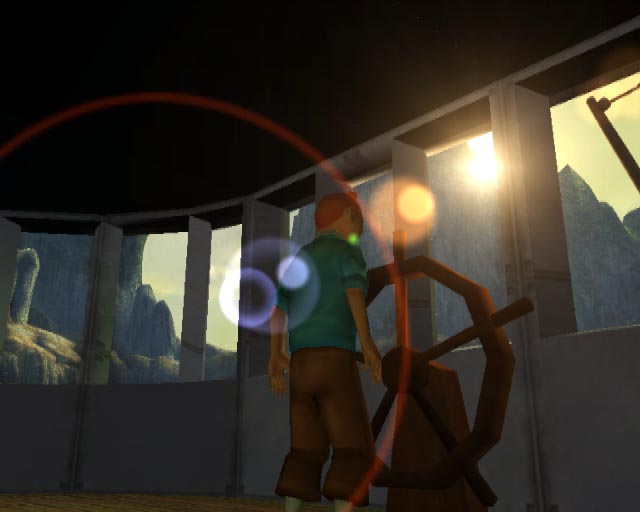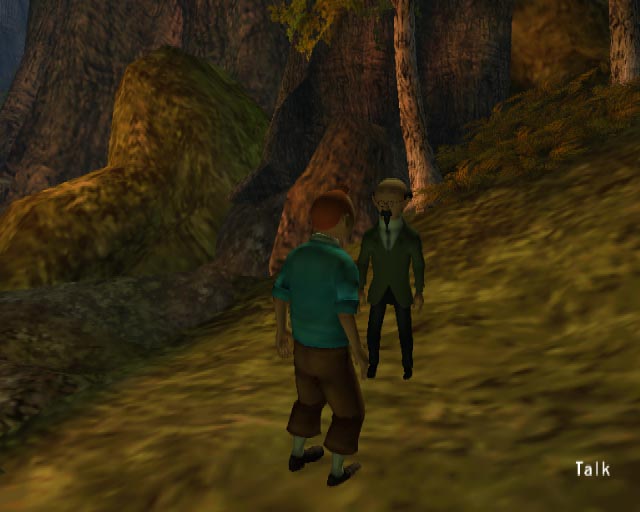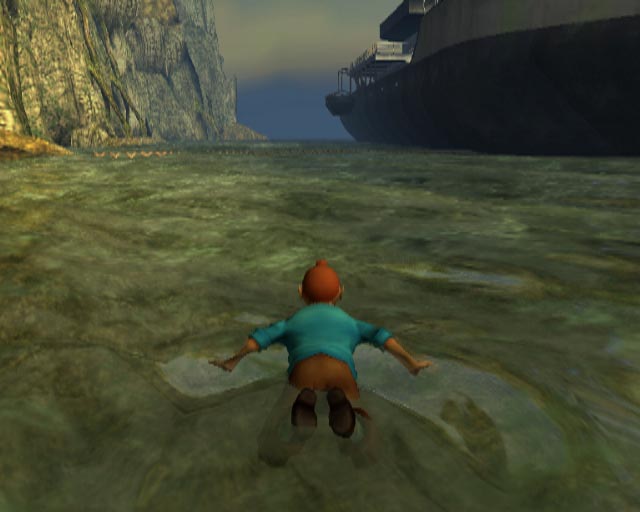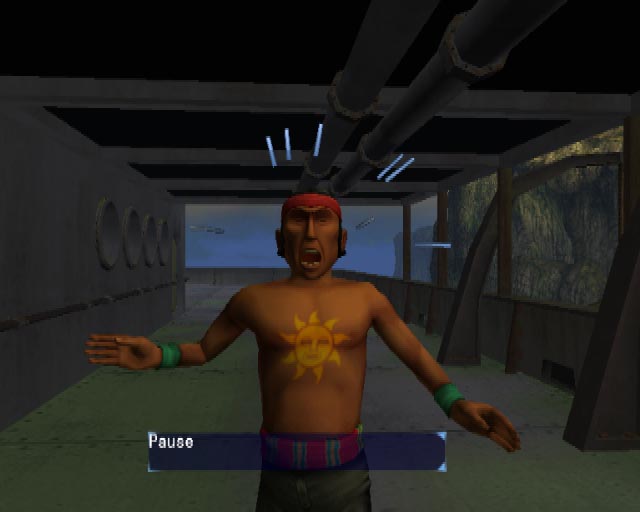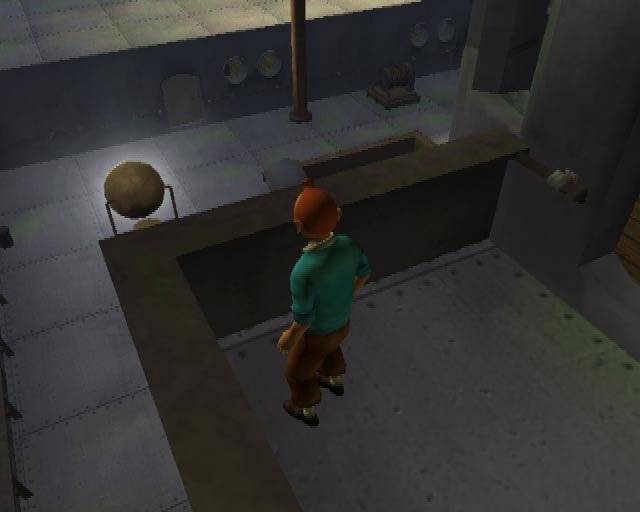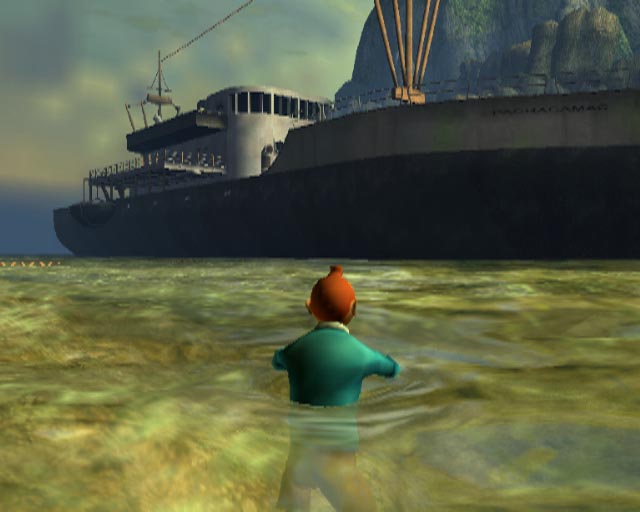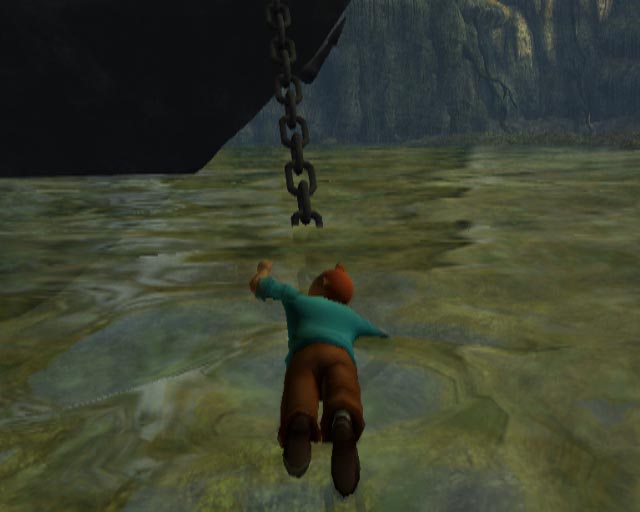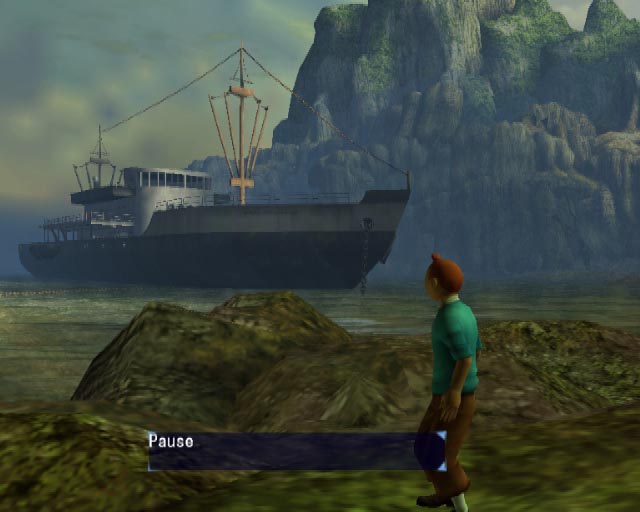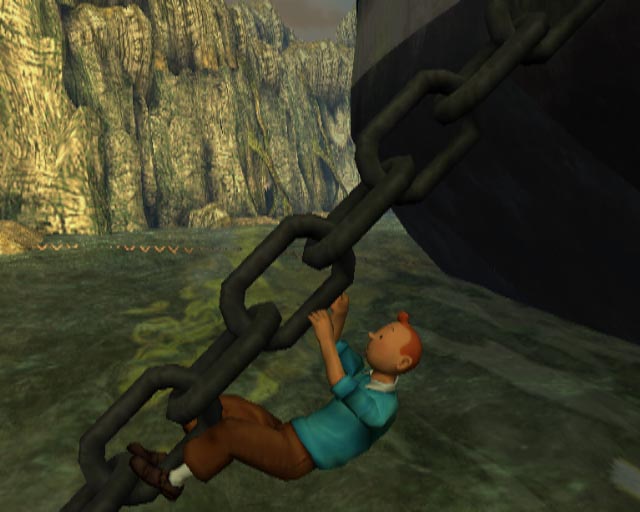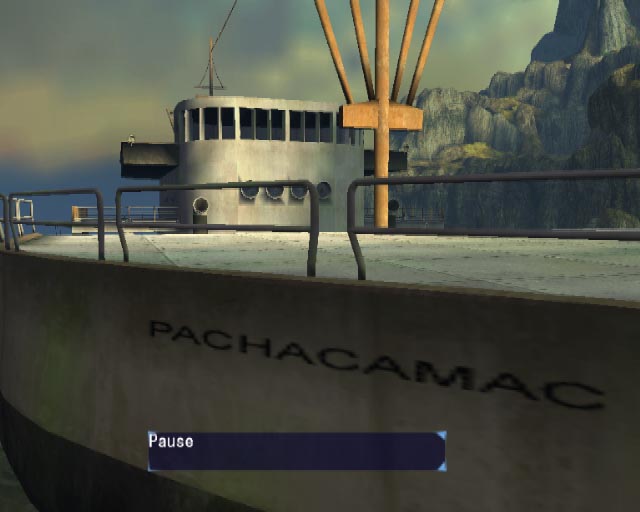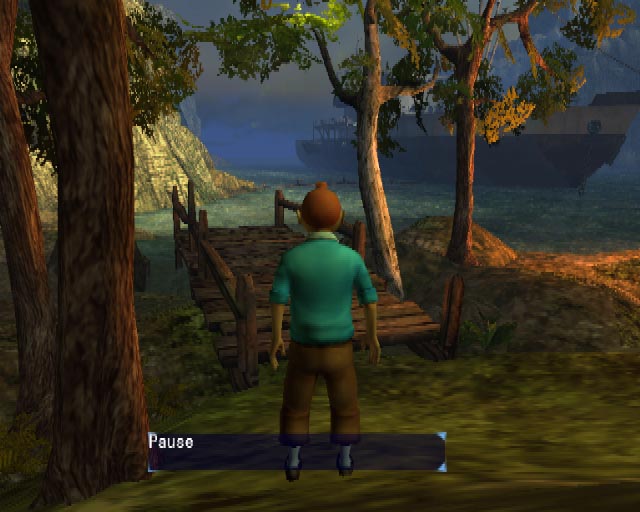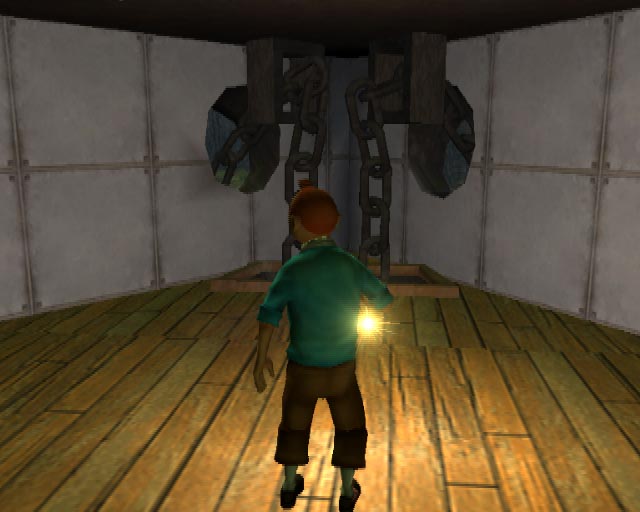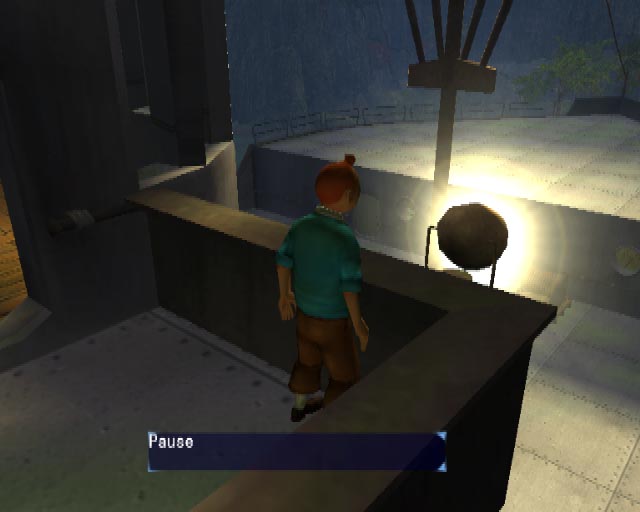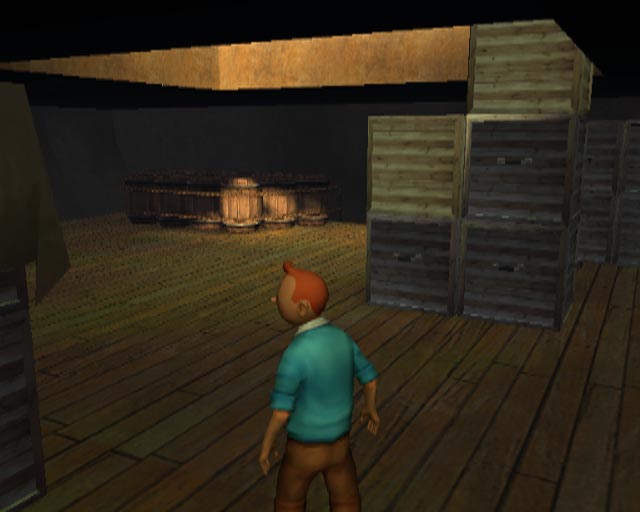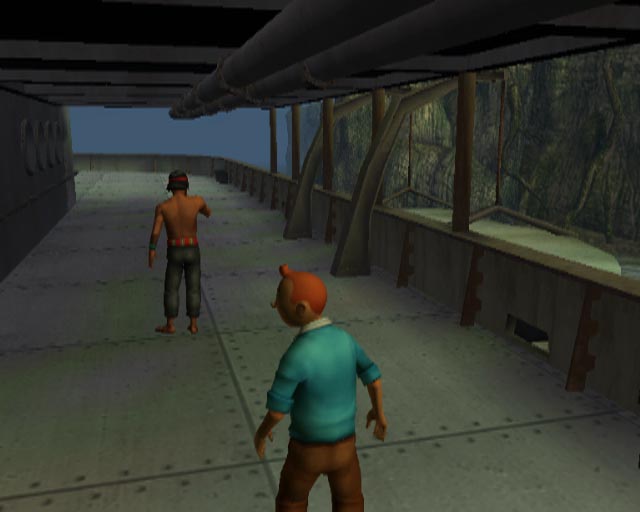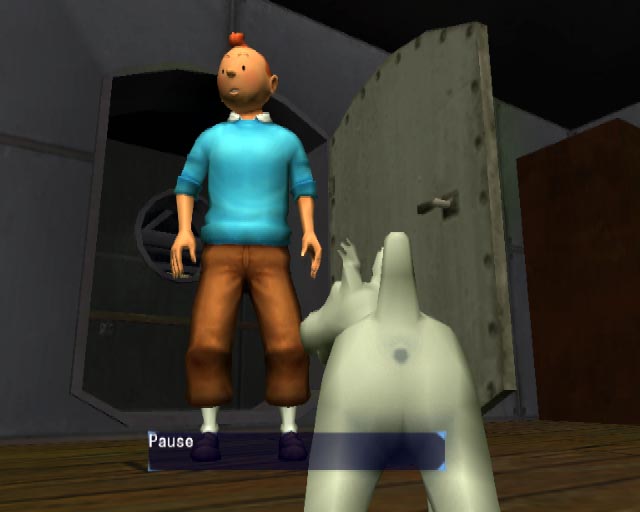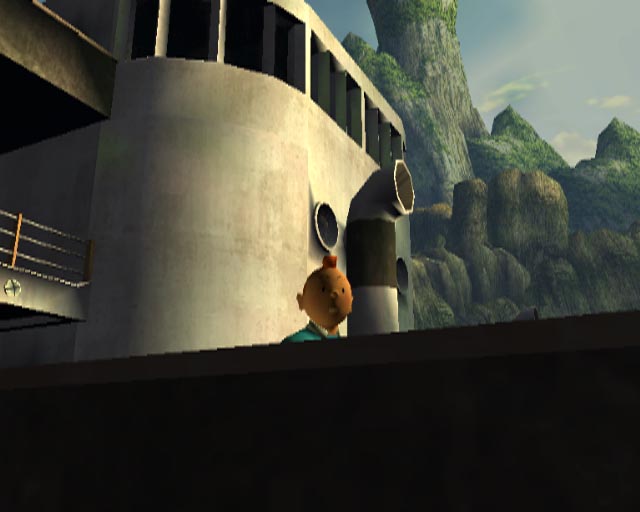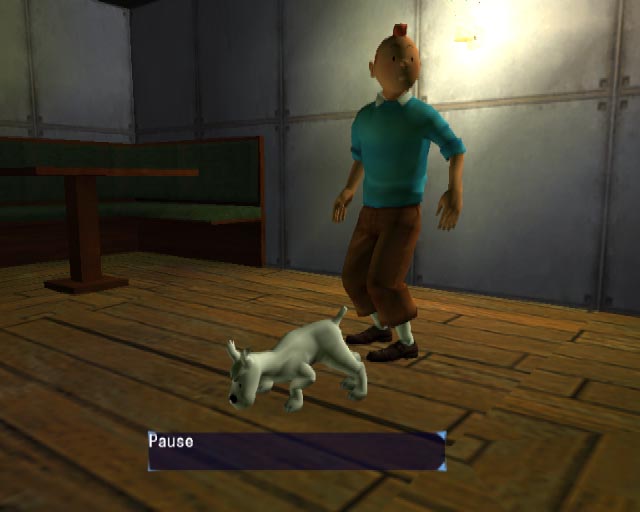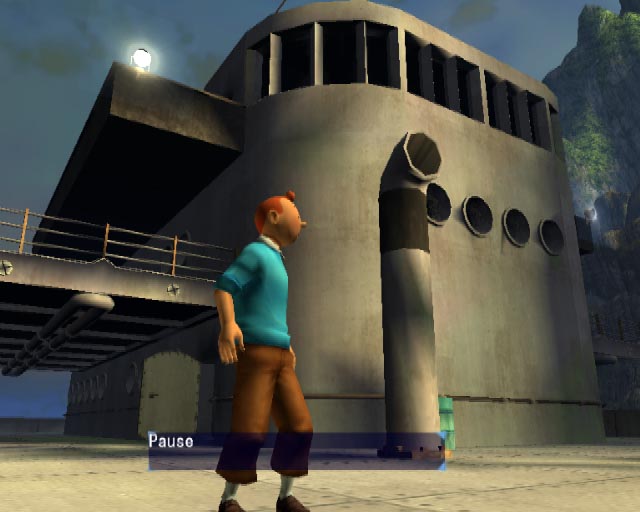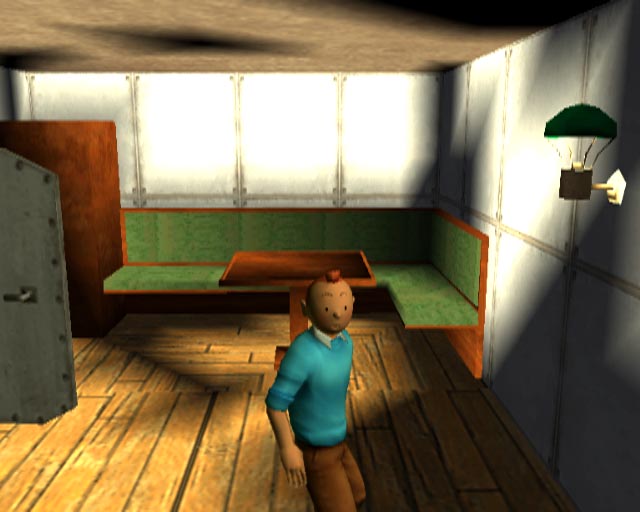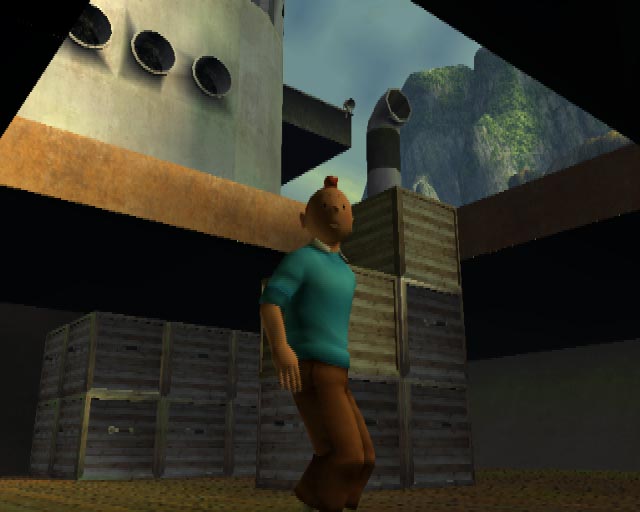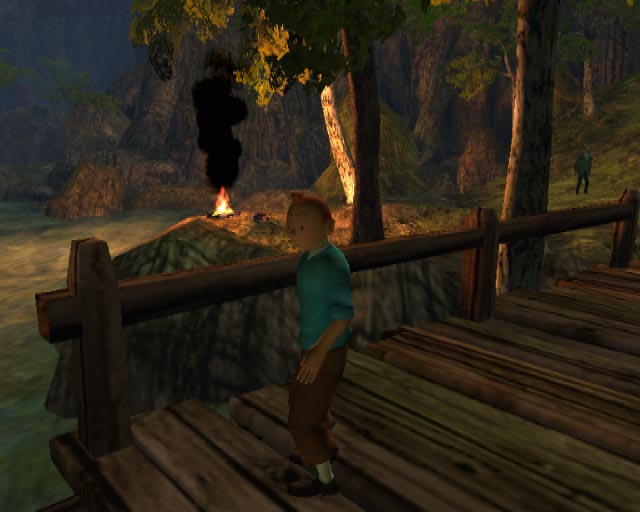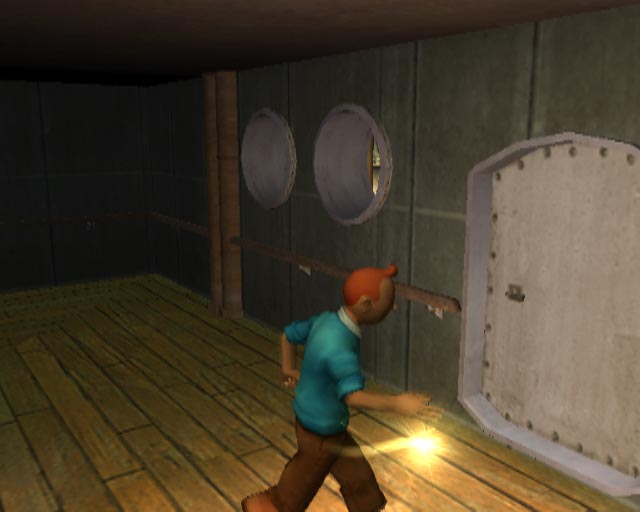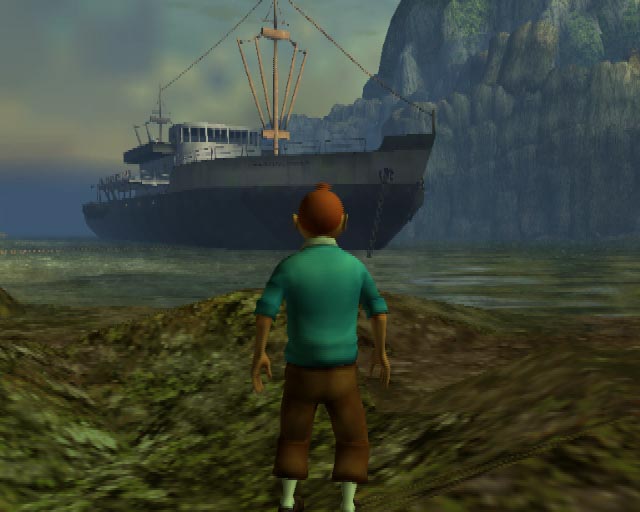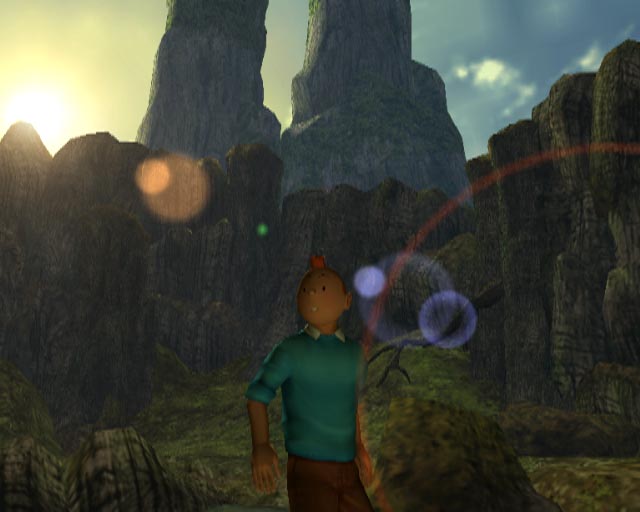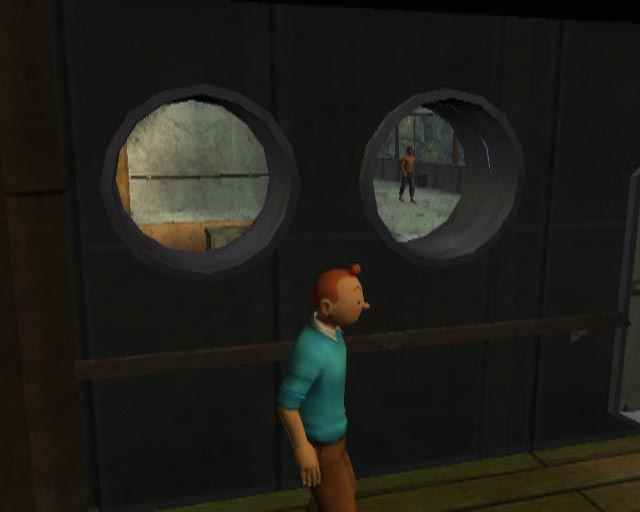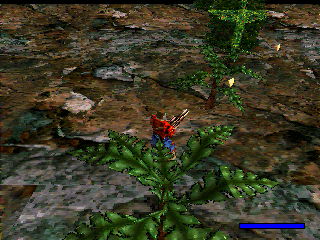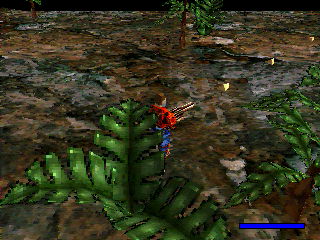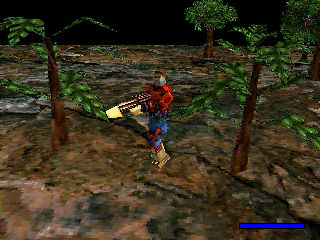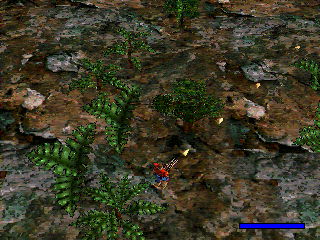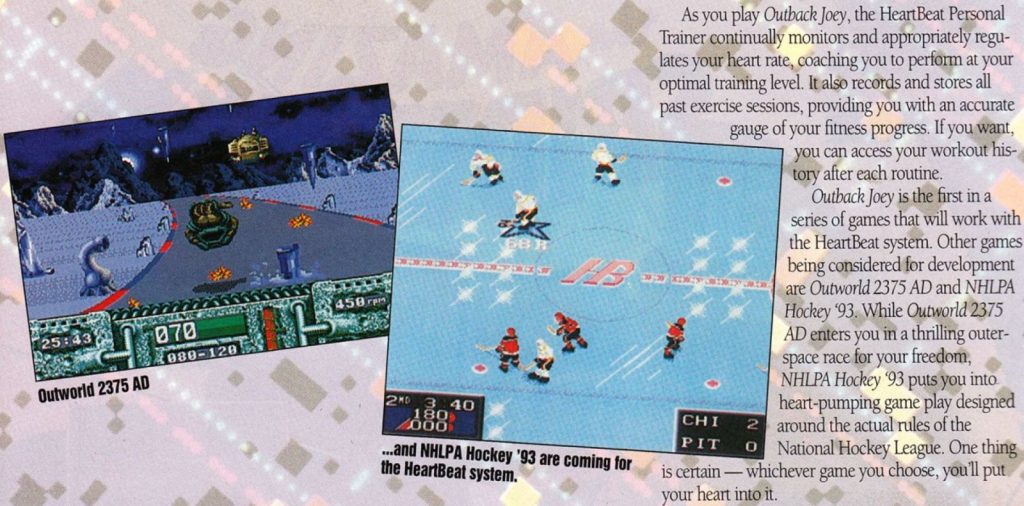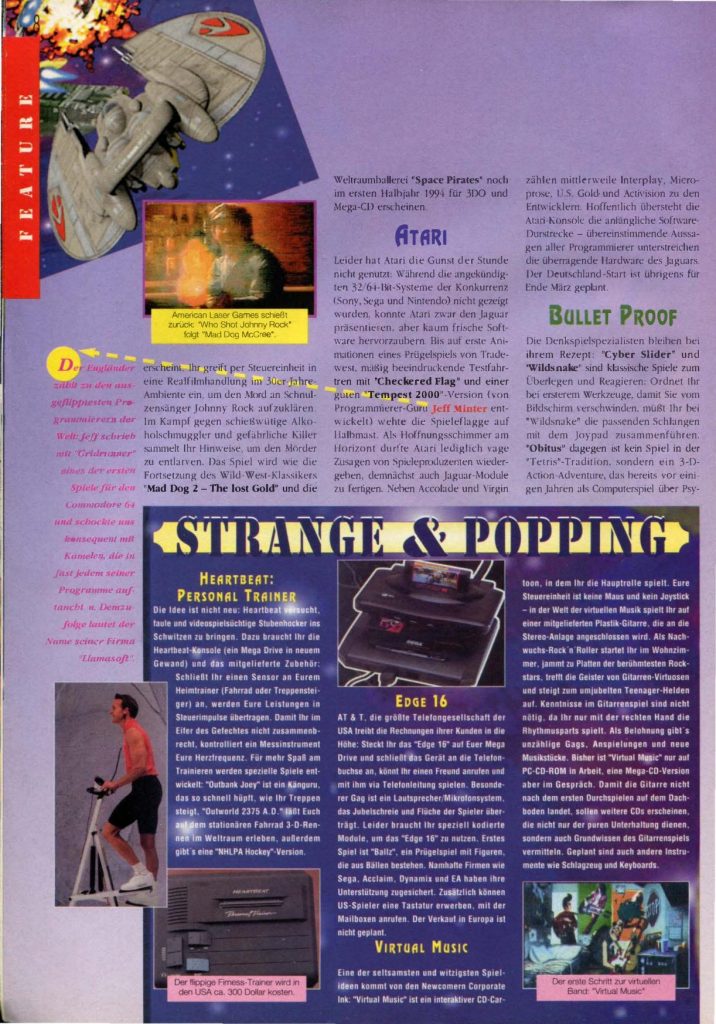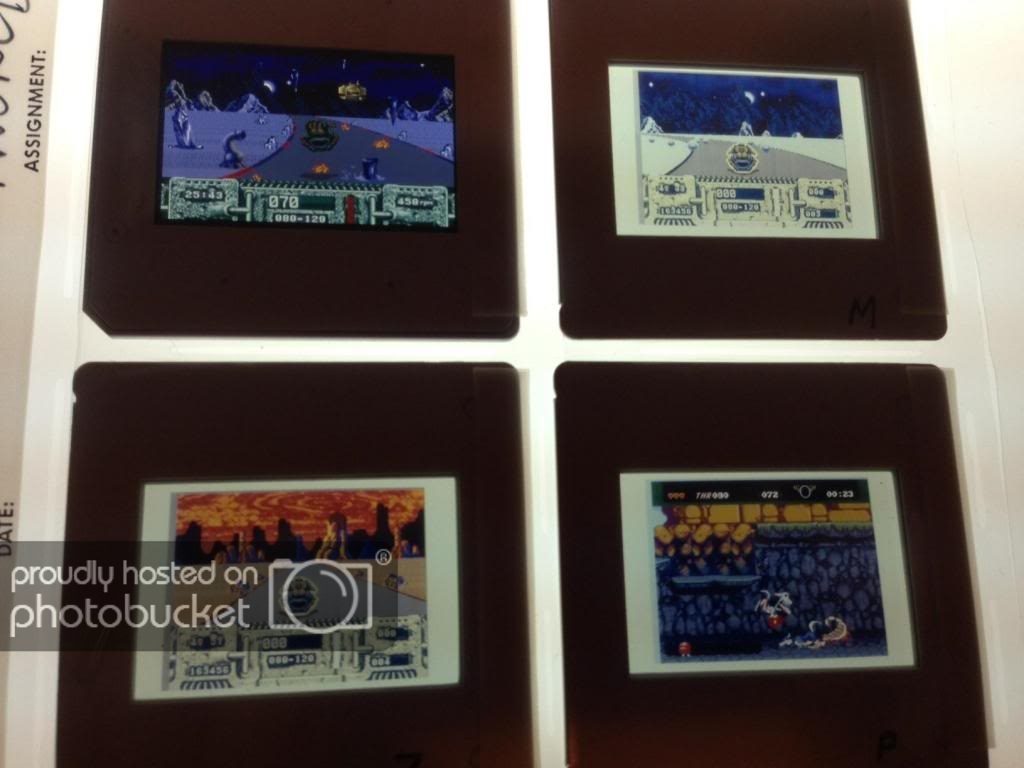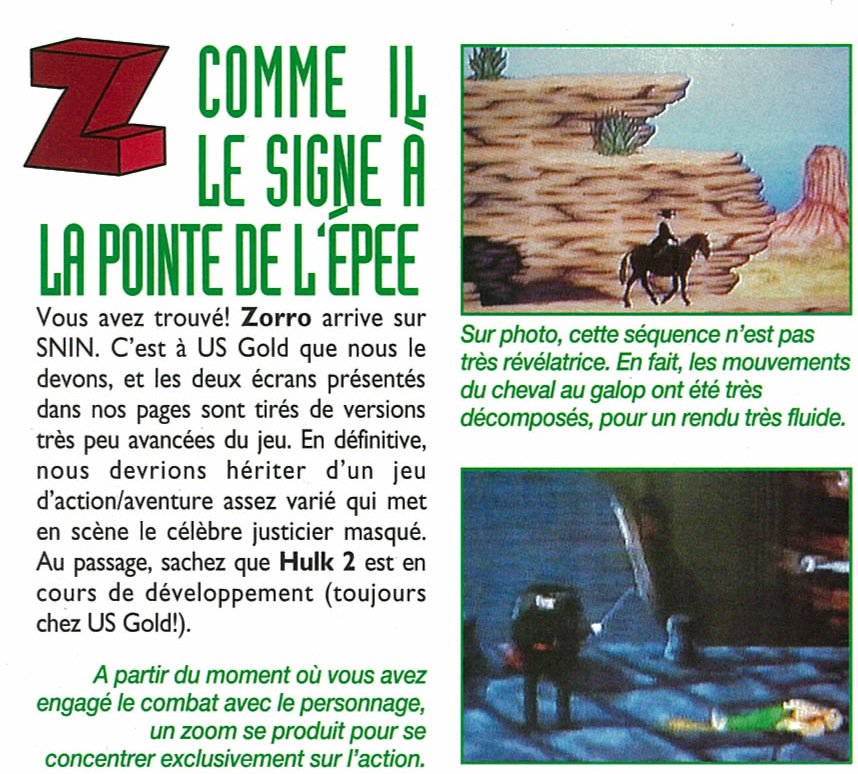Gravity Zero Racing also known as Zero-G, is a cancelled futuristic racing game that was to be published by Midas Interactive: it was basically an F-Zero clone for Nintendo DS. The game was planned to be released sometime in 2008 (there’s even a product page on Amazon UK), but in the end it just vanished without any official statement. Some details about this lost project were published in the old Midas website:
“Get ready to step into the futuristic world of high octane Zero-G racing. Compete as an elite Zero-G pilot racing against fearless rivals from across the stratosphere. Losing is no longer an option; only winners will survive!
Every second counts as you take control of one of the most technologically advanced racing craft in the galaxy. Capable of reaching break neck speeds, you’ll need lightning reactions as you negotiate a myriad of hazardous race tracks packed with obstacles, mines, tunnels and insane G-force drops. Engage in ferocious dog fights in a race to the finish line, unleashing an arsenal of weaponry including EMP mines, and rockets. This is much more than just racing!
Once you have beaten the best you can take on the rest in the awesome Wi-Fi multiplayer mode. Challenge your friends or link up with players from across the globe to find out who will rein champion of the world. This is racing like you’ve never seen before!
Five game modes available including Practice, Quick race, Time Trial, Tournament and Multiplayer modes.
The huge Tournament Mode features 7 levels each with 3 unique tracks.
Arsenal of lethal weaponry at your disposal including EMP mines and rockets
Wi-Fi multiplayer mode brings true global online racing to the DS.
Advanced racing physics incorporating the intuitive Nintendo DS control system.
Hugely popular racing genre with mass market all-age appeal.”
If you know someone who worked on Gravity Zero Racing and could share what happened to this project please let us know!
Images:

